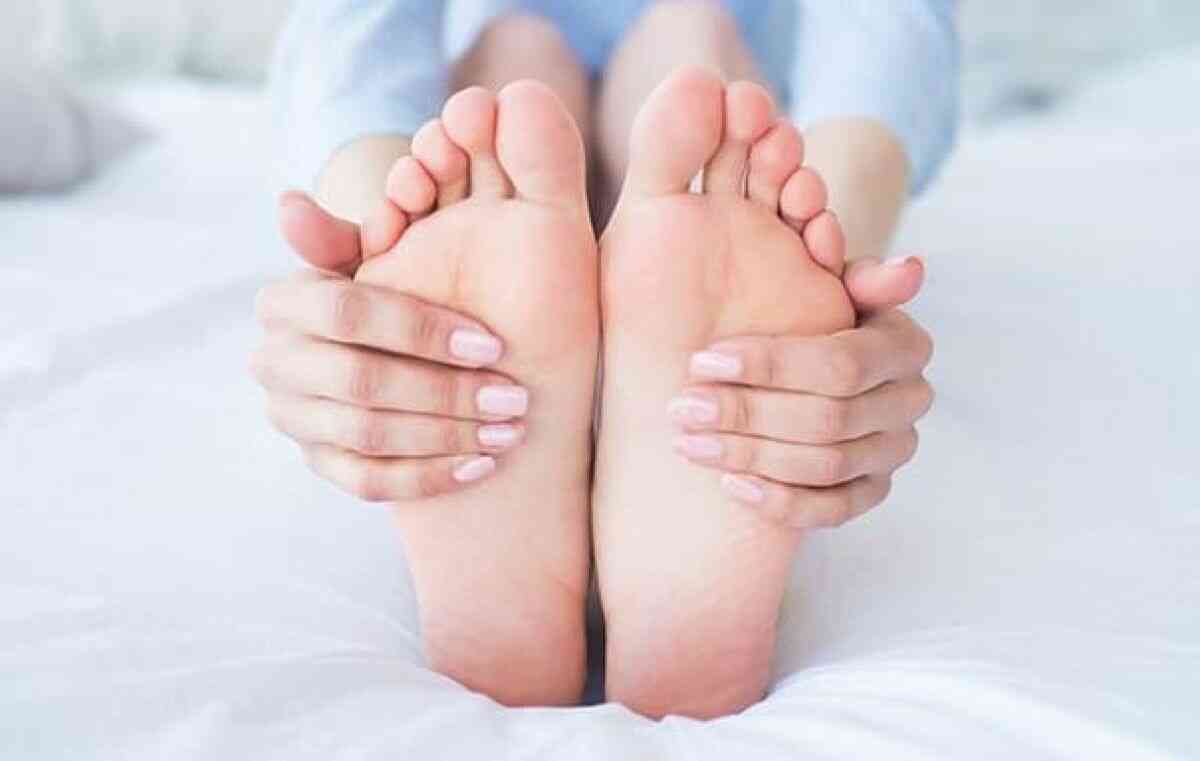5 Ways Aging Affects Your Feet

Aging affects your feet in the same way it affects the rest of your body.
Aging affects your feet in the same way it affects the rest of your body. Given the amount of stress we put on our feet throughout the course of our lives, it's understandable that these issues arise. Physiological changes will alter how your joints, bones, and tendons function, in addition to general wear and tear.
As cell turnover and collagen formation stall, these changes become more noticeable. The fatty layer cushioning the soles and heels will begin to diminish as the skin begins to thin.
Stability issues in the knees, hips, and lower back might result from these alterations. The slow deterioration of cartilage in the joint area, combined with bursa and tendon irritation, adds to the strain.
The skin, connective tissues, joints, nails, and blood circulation are among the most prevalent aging-related foot ailments.
1. Shortened achilles tendon
Tendons, another form of connective tissue, might begin to lose water as you become older. Tendons connect muscle to bone, and if they shorten as a result of water loss, you'll be less able to flex your ankle, midfoot, and toes, resulting in a more flat-footed gait.
The Achilles tendon, which joins the calf muscle to the heel bone, is particularly vulnerable (calcaneus). If you don't stretch your Achilles tendon on a regular basis, you're more likely to tear or rupture it if you overexert the tissues (such as by forceful jumping or running up the stairs).
2. Hammertoe
Hammertoe is an unnatural bend in one or more toe joints produced by wearing small shoes or high heels, which pulls the toes farther into the toe box. Calluses and corns are common in hammertoes. Stiffness, soreness, swelling, and pain in the joints are all prevalent.
Hammertoes are almost always permanent unless the toe joints are realigned through surgery (such as arthrodesis or arthroplasty). Stretching might be helpful at restoring some of the mobility but doesn't necessarily reverse the hammertoe. Things like toe pads, splints, and well-fitted shoes can help achieve relief and get rid of discomfort and pain.
3. Dry skin
Dry skin, particularly on the soles of the feet, is an issue that may require daily moisturizer use to avoid cracking and infection. Cracked heels and calluses can result from the progressive depletion of collagen, which is compounded by a lack of consistent foot care. Cracked skin surrounding the heel, if left untreated, can make walking or even standing difficult.
Bacteria can invade exposed tissue and cause a foot infection if fractures in the skin are deep enough. Cellulitis, a potentially dangerous illness, can develop in the elderly or those with diabetes.
4. Toenail changes
As you get older, your toenails become thicker and more brittle, making them more difficult to cut and maintain. One reason for this is that as people become older, their nail development slows down in accordance with their hormone production.
Both estrogen and testosterone encourage the formation of keratin, which helps to keep toenails and fingernails smooth and hard. Reduced development of these hormones can cause our nails to darken, fracture, and produce uneven ridges and layers.
Although appropriate nail care can considerably enhance the appearance of your nails, it may not be enough to prevent aging-related changes entirely. Hypothyroidism, peripheral artery disease (PAD), and onychomycosis, a fungal infection of the toenails, are all prevalent causes of toenail abnormalities.
5. Flat feet
Ligaments in your feet can stretch as you age, lowering the height of your arch and leading to a condition known as flat feet (pes planus).
Pes planus discomfort, which usually starts in the midfoot, gets worse with movement and is commonly accompanied by swelling along the inner ankle and arch. Pain in the hips, knees, and lower back is also prevalent.
Flat feet can also cause overpronation, a lack of stability, and an increased risk of ankle and foot injuries by changing the angle of your foot.

